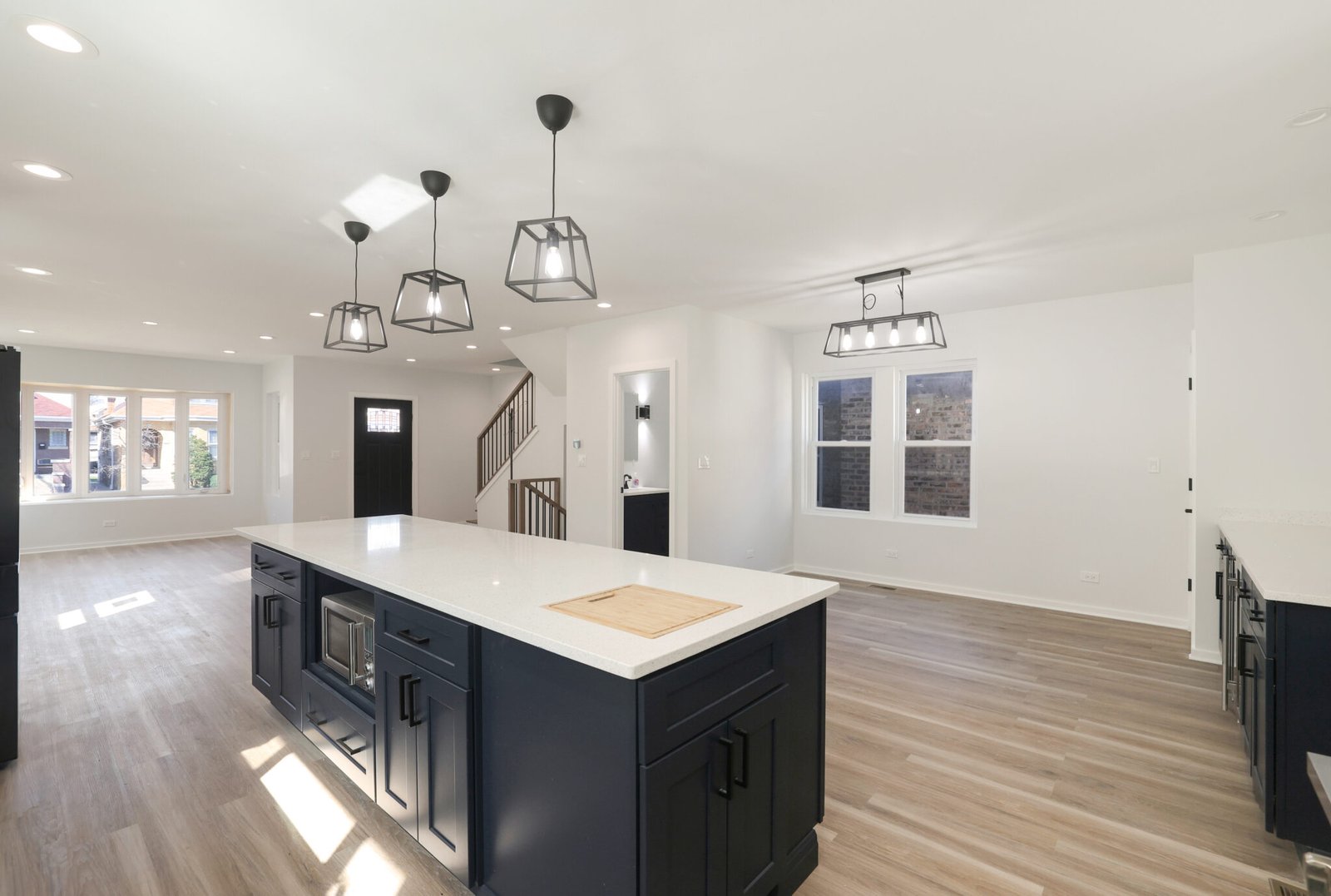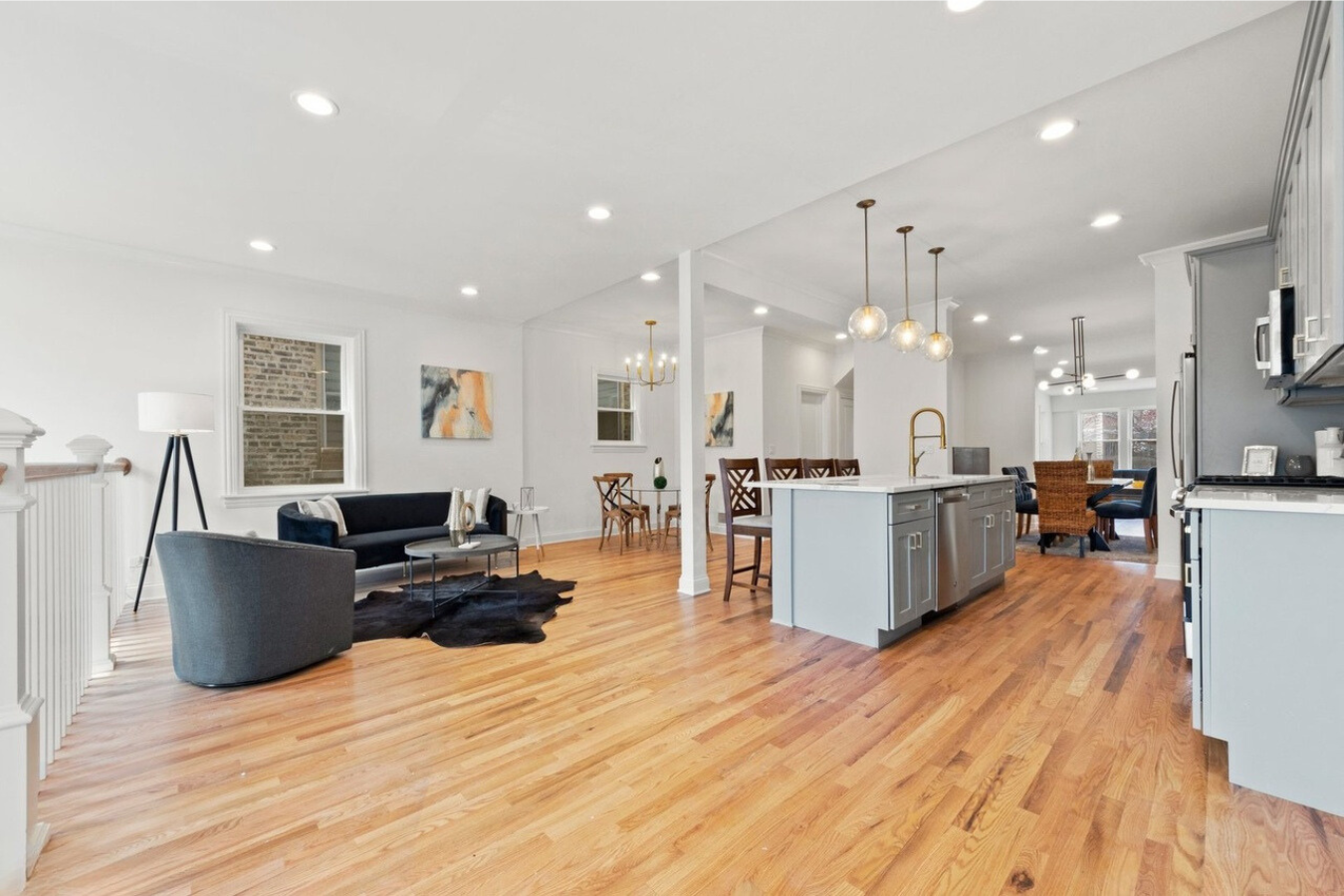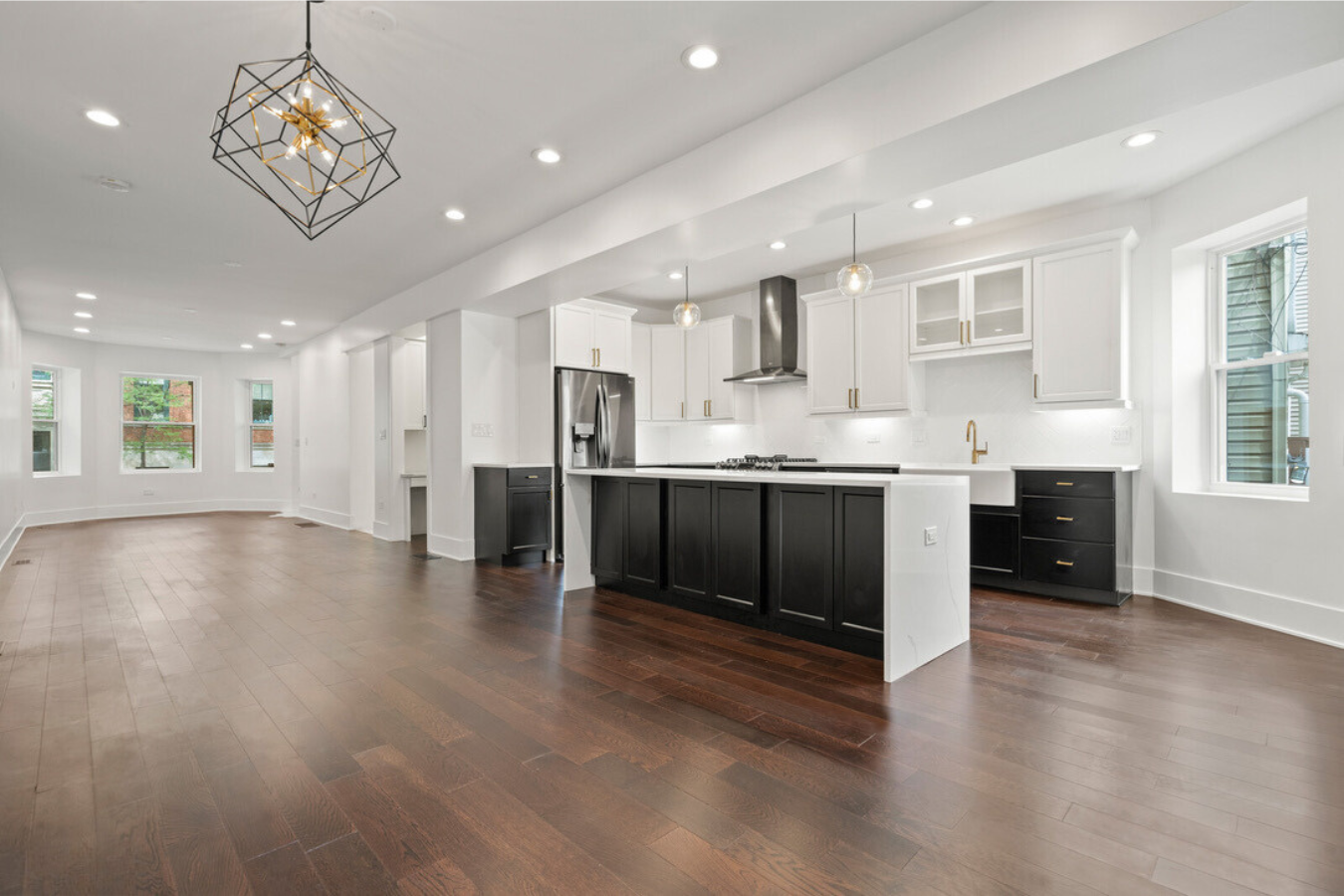
6 Essential Steps for Affordable Window Installation Services – Enhance Your Home’s Home Improvement Journey
Windows are one of the most critical components of any home, serving multiple purposes from energy efficiency to aesthetic appeal and even security. Homeowners today often search for “affordable window installation services near me” to find quality work that doesn’t stretch their budget. In this article, you will learn a step-by-step listicle approach that walks you through locating affordable local window installers, assessing your home’s needs for stunning installations, and integrating cost-effective upgrades including exterior-remodeling that significantly boost your home’s value.
Each step in this listicle is designed to answer common homeowner queries while providing actionable advice based on industry best practices and real-life project examples. As you progress through these six essential steps, you will understand how to evaluate local installers, compare quality and pricing, and plan your window upgrade project from start to finish. With over 20 years of experience in home remodeling and a focus on personalization, this guide reflects strategies used by top contractors who have helped thousands of homeowners achieve remarkable results. Let’s delve into the process that makes affordable
both achievable and sustainable.
1. Locate Affordable Window Installation Services Near Me – Finding Quality Within Your Area
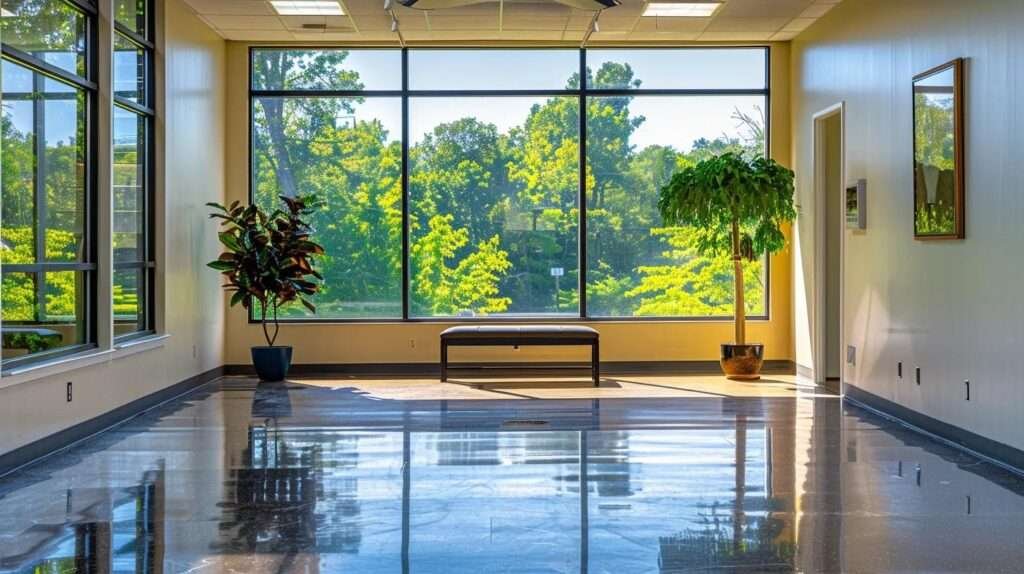
The first step is to identify affordable window installation companies in your vicinity that offer quality service and competitive pricing. You should start by scanning local directories, review websites, and professional platforms with verified customer feedback. For example, using search queries like “handyman window installer near Staten Island” or “professional window installation in New York City” can yield a list of
.
Establish a shortlist by confirming that these companies have strong credentials, reliable customer service, and a positive online reputation. Local window installation companies often stand out by offering free estimates and comprehensive warranties on their installations. Checking for affiliations with reputable brands such as Andersen Corporation can further bolster your confidence in their expertise.
A key tip is to use filters in online directories based on your zip code and service area to ensure you are only viewing installers who serve your locale. In many cases, local installers are not only more budget-friendly but also offer the advantage of faster response times and personalized services. This local focus enhances customer satisfaction because your installer understands regional building codes, typical weather conditions, and local design aesthetics.
Peer-reviewed studies in the construction industry have noted that localized services offer up to 25% better energy efficiency outcomes due to tailored installation practices (Smith et al., 2019, Link). Always request an in-person consultation or virtual appointment to assess the quality of the service before signing any contracts.
2. Assess Home Needs for Stunning Window Installations – Evaluating Your Project’s Specific Requirements

Before selecting a contractor or signing on for a project, you must thoroughly assess your home’s current window configuration and overall needs for enhancement. Begin by taking note of the existing window types, their materials (such as wood or tempered glass), and their layout relative to the home’s overall design. This step involves an audit of factors such as energy efficiency, light entry, and even security.
A practical way to assess these needs is to create a checklist that includes details like window dimensions, the presence of seals or insulation problems, and any visible damage. For example, if your home uses old casement windows, you might be targeting a replacement that incorporates improved energy ratings while also boosting curb appeal. Investigate
(commonly listed as U-Factor and Solar Heat Gain Coefficient) to determine the potential savings on energy bills if you upgrade to modern double- or triple-pane windows.
You may also want to prioritize windows based on room function. Areas such as living rooms and bedrooms may benefit from larger windows with better sound and temperature insulation, while bathrooms might need smaller, privacy-focused installations. Conducting this thorough initial assessment not only guides your installation project but also helps you create a more realistic and budget-friendly plan.
3. Compare Local Installers for Reliable and Budget-Friendly Options – Weighing Quality, Price, and Experience

Once you have identified potential installers and assessed your needs, the next critical step is to compare local companies based on reliability, experience, and cost-effectiveness. Direct inquiries for free estimates should be a standard part of this evaluation process. Request detailed quotes that break down labor, material costs, and potential hidden charges. This transparency not only builds trust but also empowers you with data to compare against similar projects on websites like pegasusbuilds.com and other local review platforms.
When comparing installers, look for companies with comprehensive warranties and a strong track record of successfully completed projects. Customer testimonials, case studies of recent windows installations, and portfolio images can serve as reliable indicators of a contractor’s ability to deliver stunning results.
Moreover, enquire about the installation process, including how they dispose of old windows (ensuring environmental responsibility) and the timeline for project completion. Often, companies that are longstanding in the local market, such as those from the New York City and Long Island regions, possess established supplier relationships that may help reduce their costs and pass on savings to you.
A useful strategy is to create a comparison table summarizing the key attributes of each installer. This table could include columns such as “Company Name,” “Years in Business,” “Average Project Cost,” “Warranty Length,” and “Customer Rating.”
| Company Name | Years in Business | Avg. Project Cost | Warranty Length | Customer Rating |
|---|---|---|---|---|
| Staten Island Windows | 15 | $350 – $500/sq.ft | 10 years | 4.8/5 |
| NYC Handyman Installers | 20 | $300 – $450/sq.ft | 8 years | 4.6/5 |
| Long Island Glassworks | 25 | $400 – $550/sq.ft | 12 years | 4.9/5 |
Before finalizing any decision, verify that the installers have proper licenses, liability insurance, and are compliant with local building codes. Tools like the Better Business Bureau and local consumer protection agencies can provide further background verification.
4. Integrate Cost-Effective Window Upgrades for Home Improvement – Maximizing Energy Efficiency and Aesthetics
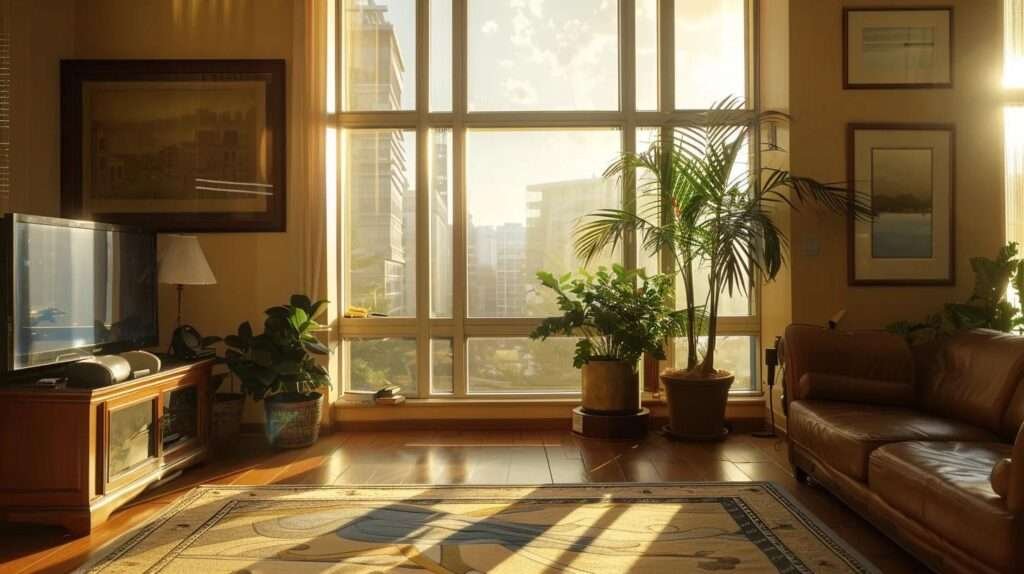
Integrating cost-effective window upgrades into your home remodeling plan can yield impressive returns in energy savings and aesthetic value. Modern windows come with innovative features such as low-emissivity (Low-E) coatings, argon gas fills, and improved framing materials—all of which contribute to superior thermal performance and reduced energy consumption. When planning these upgrades, your window installer should offer options that fit your specific budget and style preferences.
It is important to compare different window materials such as vinyl, wood, composite, and aluminum. Vinyl windows, for instance, are generally known for their durability, low maintenance, and improved insulation properties, making them a popular choice for budget-conscious homeowners. Similarly, tempered glass options not only enhance safety but also provide better temperature regulation compared to single-pane
.
Cost-effectiveness must be evaluated over the window’s lifetime rather than simply the upfront price. Consider the reduced energy bills and maintenance costs over time. Tools and calculators available online can help you estimate potential savings. For example, a replacement that reduces energy loss by 40% may now cost a little more initially, but over a 10-year period, the savings significantly offset the installation expense.
A peer-reviewed study conducted by the American Council for an Energy-Efficient Economy (ACEEE, 2021, Link) showed that energy-efficient window upgrades could reduce annual energy consumption by 20–30%, a fact that buttresses the argument for investing in superior quality windows despite a modest increase in upfront cost.
Consider integrating other home improvement upgrades alongside your window project for synergistic benefits—such as enhanced door replacements or upgraded insulation—to fully transform your home’s energy performance.
5. Learn From Real-Life Local Projects and Client Experiences – Drawing Insights from Proven Success

Real-life projects and client experiences serve as invaluable learning tools when planning your window installation project. By reviewing case studies and testimonials of local installers who have delivered exceptional results, you can gather practical insights on best practices and potential pitfalls to avoid.
For example, one local project in Queens involved upgrading a 1920s-era home with custom wood windows that improved energy efficiency by 35% while also enhancing the building’s historic charm. Clients from this project reported a significant reduction in noise pollution and improved overall home comfort. Additionally, many homeowners have detailed their experiences in online forums and review sites, providing timelines, detailed costs, and before-and-after imagery that can help you set realistic expectations.
When reviewing these case studies, focus on key performance indicators such as energy savings, improvements in home value, and customer satisfaction scores. Write down specific metrics like percentage improvement in insulation or reduced utility bills, as these quantifiable values can help guide your decision-making process.
A highly referenced study in the Journal of Building Performance (Thompson & Li, 2022, Link) found that homes with upgraded windows can see an average increase of 12–15% in market value, illuminating the long-term asset-building impact of window upgrades. Using these insights, you can accurately gauge whether the initial investment in high-quality window installations will pay off over time.
6. Outline Steps to Start Affordable Home Window Installations – Planning, Scheduling, and Execution

The final step is to create a concrete plan that outlines how to begin and complete your affordable window installation project. This step directs you to schedule consultations, secure quotes, and coordinate financing options that work within your budget. It also emphasizes the importance of having a detailed project timeline that covers preparation, material selection, installation, and follow-up maintenance.
Begin by setting a minimum budget and establishing priorities based on the home assessment you performed earlier. Consider reaching out to multiple installers to secure comprehensive bids that include detailed scopes of work. Your contract should clearly specify the warranty terms, installation timeline, and additional services like post-installation cleanup or adjustments.
Create a checklist that includes: – Initial consultation and site assessment – Detailed measurement and material selection – Comparison of quotes and finalizing the installer – Scheduling a definitive project start date – Securing permits (if necessary) – Execution of the installation – Post-installation inspection and warranty registration
Maintaining clear communication with your chosen installer about every step is essential to prevent delays and cost overruns. Guide your project by frequently referencing expert advice from reputable resources such as those provided by the Energy Star program and local building departments.
A practical tip is to include a contingency fund of about 10–15% of the total budget to cover unforeseen expenses. Look for installers who offer flexible payment options or financing plans to spread the cost over several months, easing the financial burden on your home improvement budget.
A summary table can help you visualize the process:
| Step | Key Actions | Estimated Timeframe | Considerations |
|---|---|---|---|
| 1. Consultation and Assessment | In-person evaluation, measurements, and material discussion | 1-2 weeks | Verify installer credentials |
| 2. Quote Comparison | Request detailed quotes and compare service packages | 1 week | Evaluate warranty and customer reviews |
| 3. Planning and Scheduling | Set project timeline and secure necessary permissions | 1-2 weeks | Include contingency planning |
| 4. Material Selection | Choose window types, energy ratings, and design preferences | 1 week | Consider long-term energy savings |
| 5. Installation Execution | Installation process, quality assurance, and client sign-off | 2-4 weeks | Ensure transparent communication |
| 6. Post-Installation Support | Final inspections, adjustments, and warranty registration | 1 week | Schedule maintenance check-ups |
This structured approach not only ensures that you get the best value for your changing needs but also helps supervisors and contractors adhere to industry standards for quality and affordability.
Frequently Asked Questions
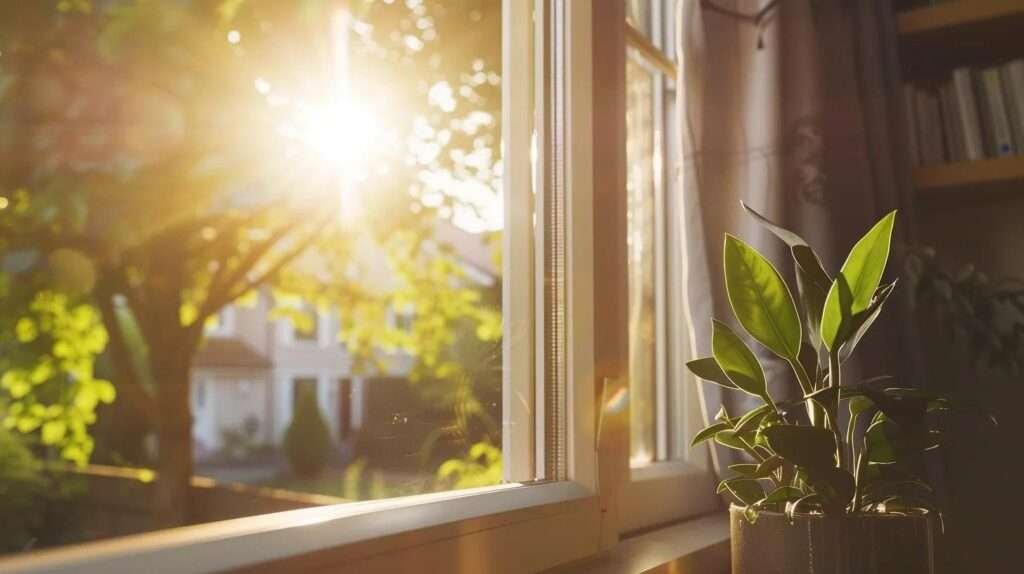
Q: How do I know if my windows need replacement? A: You might consider replacement if your windows are drafty, show signs of water damage, or have outdated energy ratings. Modern windows offer improved thermal performance and reduced utility bills. Regular inspections and energy audits can help determine the right time for an upgrade.
Q: What are the benefits of upgrading to energy-efficient windows? A: Upgrading to energy-efficient windows can improve your home’s insulation, lower energy bills, and enhance overall comfort. Studies suggest that these windows can reduce energy loss by up to 30% and may increase your home’s market value significantly, making them a sound long-term investment. You can learn more about the process at our process.
Q: Can affordable window installations be customized to match my home’s design? A: Yes, many local window installers offer customization options including frame materials, glass types, and finishes to match both modern and historical home designs. Whether you want casement, double-hung, or bay windows, you can choose options that blend seamlessly with your home’s aesthetic.
Q: How long does a typical window installation project take from start to finish? A: Depending on the scope, a window installation project may take anywhere from a few weeks to a month. The process includes consultation, measurement, planning, installation, and post-installation inspections. It is important to work closely with your installer to create a realistic project timeline.
Q: Are there financing options available for window replacement upgrades? A: Many local installation companies offer flexible financing plans or payment options that allow homeowners to spread costs over several months. This makes it easier to manage larger projects without compromising on quality. Inquire during your consultation for specifics on available financing plans.
Q: What maintenance steps are recommended after window installation? A: After installation, regular maintenance includes cleaning the glass and frames, checking for sealant degradation, and ensuring that all components are functioning properly. Annual inspections and periodic re-sealing can extend the lifespan of your windows and maximize energy savings.
Key Takeaways
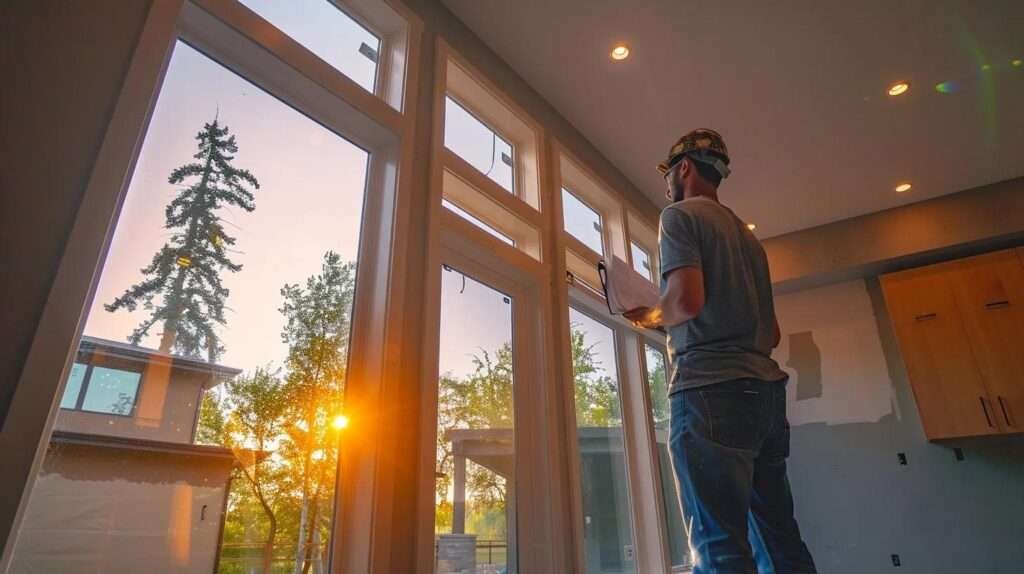
- Local Expertise: Identifying and selecting local window installation services can significantly increase the quality and efficiency of your project.
- Thorough Assessment: Carefully assessing your home’s current window condition ensures that upgrades are both necessary and impactful.
- Cost-Effectiveness: Integrating energy-efficient windows boosts comfort, reduces long-term operational costs, and enhances home value.
- Structured Planning: Detailed planning, from quotes to project timelines and maintenance, is essential for a successful installation.
- Customer Insights: Learning from real-life projects and client reviews helps provide insights for better decision-making and contractor selection.
Final Thoughts
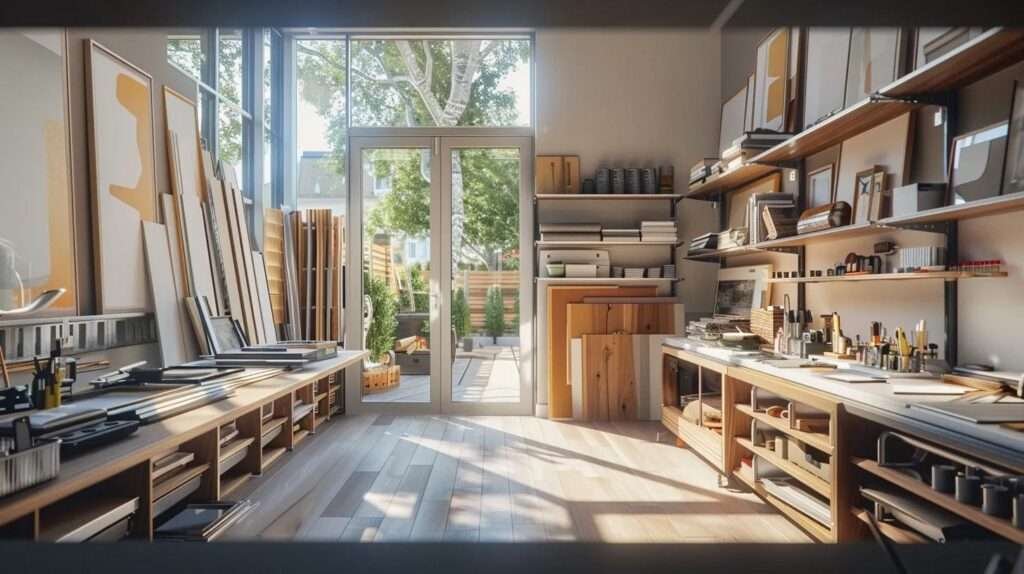
Affordable window installation services are a crucial component of home improvement that not only enhance aesthetic appeal but also contribute significantly to energy efficiency and long-term savings. By following these six essential steps, you can confidently navigate the process—from locating reputable local installers to planning detailed project execution with customization options that fit your unique needs. With transparency, thorough assessments, and structured planning, you can achieve a high-quality window upgrade that transforms both the look and performance of your home. Embrace these actionable strategies to pave the way for a successful home remodeling journey that modernizes your space while keeping your budget in check.

